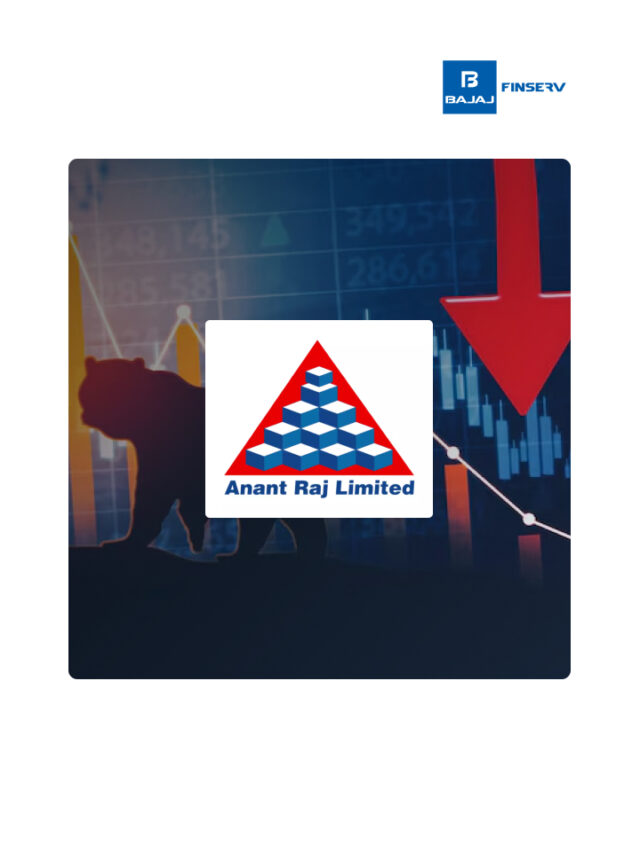Difference Between Margin Trading And Leverage Trading
Last Updated on September 18, 2023 by BFSLTeam BFSLTeam

Margin Trading and Leverage Trading play a crucial role in the financial markets, enabling you as an investor to potentially amplify your gains. If not utilised appropriately, your losses may also be amplified. While the two concepts are related, there are various distinctions between them, like the risk and reward factors are different, market suitability is different and the approach is different.
Read on to know the difference between margin trading and leverage trading, and understand how these two options can impact your trades.
Table of Content [hide]
What is Margin and Leverage in Trading?
Before going into the difference between margin and leverage trading, it is important that you understand the meaning of leverage and margin, in the context of trading.
Margin is the collateral that you are required to maintain in your trading account to cover potential losses. It is the difference between the total trade value and the borrowed amount. Margin acts as a security deposit, thus ensuring that you can handle potential losses.
While margin trading is suitable for experienced traders, who understand the market trends, here you will have to pay an interest to the broker, in addition to some other trading charges like commission and fee.
Leverage means the borrowing of funds from the brokers that allows you to increase your trading position. It, therefore, is the ability to control a more substantial position in the market with a smaller amount of capital. This share market tool is suitable to experienced investors as well as novices, though inexperienced investors need to be careful about potential losses. You will have to pay an interest to the broker, in addition to various charges like spreads, commissions, and overnight financing charges.
Also Read: What is Margin Trading Facility – A Detailed Guide
Margin Trading vs. Leverage Trading: The Differences
Here are the key differences between margin trading and leverage trading:
1. Definition:
- Margin Trading: In margin trading, you use your own funds as collateral to open a larger position than your available capital would typically allow.
- Leverage Trading: Leverage trading involves borrowing additional funds from the broker to magnify your position in the market.
2. Source of Funding:
- Margin Trading: The funds used for margin trading come from your own account balance.
- Leverage Trading: Leverage allows you to access additional funds provided by the broker, which allows you to control a larger position than you could with just your own capital.
3. Risk and Reward:
- Margin Trading: The potential risk and reward in margin trading is limited to the size of your trade. In this case, the actual value of the trade determines the gains and losses.
- Leverage Trading: Leverage significantly amplifies the potential profit as well as loss. Even a small market movement can have an impact on your position and can result in an increase in your gains or an increase in your losses.
4. Margin Call:
- Margin Trading: In this case, your broker would demand that you maintain a minimum margin level, usually expressed as a percentage. If your account’s equity falls below a particular level, you may receive a margin call that asks you to deposit additional funds.
- Leverage Trading: Similarly, in leverage trading, brokers may impose a minimum margin requirement. If your account’s equity falls below this level due to losses, you may receive a margin call, requiring you to deposit more funds to avoid the position being automatically closed.
5. Flexibility and Control:
- Margin Trading: Here you do not rely on borrowed funds as margin trading provides more control over your positions. The trade sizes in this case are limited to the amount of capital in your account.
- Leverage Trading: It allows you to enter larger positions with a smaller amount of capital, thereby offering you a greater flexibility. However, this increased flexibility also comes with higher risk.
6. Market Suitability:
- Margin Trading: It is suitable for experienced traders who have a thorough understanding of the market.
- Leverage Trading: It is suitable for experienced as well as novice traders. However, beginners need to be careful as the potential for losses is higher.
7. Long-Term vs. Short-Term:
- Margin Trading: Those who avail the margin trading option, often have a more long-term approach.
- Leverage Trading: This is usually linked with short-term trading, where traders aim to quickly capitalise on small movements. Holding leveraged positions for an extended period can be risky as it involves a higher risk.
8. Security and Risk Management:
- Margin Trading: As you’re using your own funds as collateral in margin trading, you have a more straightforward risk management process, and your account balance directly reflects your position’s value.
- Leverage Trading: With leverage trading, effective risk management is crucial. You must closely monitor the market and set stop-loss orders to limit potential losses.
Also Read: The Pros and Cons of Margin Trading
Conclusion
Margin and leverage trading are both tools that enable traders to increase their exposure in the market beyond their available capital. However, they operate differently and come with distinct risk and reward profiles. Margin trading involves using your own funds as collateral to open a larger position, while leverage trading allows you to borrow funds from the broker to control more significant positions. While leverage can amplify potential profits, it also amplifies losses, leading to increased risk.
Before engaging in either margin or leverage trading, it’s crucial to understand the mechanics, risks, and responsibilities associated with these trading methods. Being aware of the difference between margin and leverage trading will empower you to make informed decisions and navigate the financial markets more effectively. Remember, knowledge and discipline are the keys to successful trading in the exciting world of finance.










